 Outside of some rare conservation program that’s reshaped a creek with instream cover or dredging, regulations, or fish plants, I don’t think any angler will make the claim that his favorite creek fishes better than it did a decade ago.
Outside of some rare conservation program that’s reshaped a creek with instream cover or dredging, regulations, or fish plants, I don’t think any angler will make the claim that his favorite creek fishes better than it did a decade ago.
Intervention at any level is always a temporary boon. The organizations that promote quality public water can’t sustain them for more than a couple of years, and with funding drying up in lockstep with a battered economy, and increased threat to other creeks and rivers, the result is too many chicks vying for a meager worm.
Few in number compared to other anglers, we can still degrade a fishery quickly with constant pressure. All them feet tearing into the bank at the egress points, all those fish mishandled or gut hooked, thousands of crushing feet on the aquatic wildlife, and the continual stream of guides and clients that are part and parcel of the premier waters.
Over time, no matter how slight the mortality rate, we compromise everything.
Kirk Deeter of the Fly Talk blog brings up a worthy point in a different manner, but ignoring the beadhead-bobbercator issue entirely, are fly fishermen willing to adopt even more stringent regulations in return for big fish and watershed preservation?
Not more water reserved for fly fishing, rather more stringent regulations on our existing water, potentially hampering us enough to buy additional years prior to destroying a unique fishery due to our weight of numbers.
It’s something I’ve witnessed first hand. Living on the banks of Hat Creek during it’s reopening as a trophy trout fishery, it’s popularity enhanced due to vigorous magazine coverage, that resulted in most of California making the pilgrimage to test their skills on large wary trout.
About six years later anything over 16” was a rarity, and six years after that it was just another creek, despite the occasional attempt from CalTrout to intervene. A two year stint as CalTrout’s Hat Creek Streamkeeper during its heydays made me privy to the causal agents and much internal discussion, but the meager and uncertain funding meant the creek had to defend itself once the initial makeover was complete.
Certainly there were many issues that were unrelated to anglers, the Baum Lake canal burst, sending a slug of PG&E’s sediment into a spring creek among others. Regulated flows prevented the watercourse from freeing itself of sediment – as it lacked the winter scour so important to sediment flush and ridding itself of foreign objects.
Most of the persistent issues were related to anglers. California hosts a large population, plenty of fly fishermen, and the trophy water being a scant three miles long magnified the impacts of all them feet.
With all the emphasis on invasive species, and watching the Powerhouse riffle widen an additional 50 feet due to wading anglers wearing the bank down by entering and exiting the creek, I’d think a “no wading” regulation is now more pertinent than ever.
“… fishing is Catch & Release only, artificial only, barbless hook, no wading allowed.”
With the new conservation ethic disposing of the flat felt bottom, cleated rubber soles (equipped with studs to improve traction) may reduce invasives – but due to cleats and steel studs will certainly increase the amount of bank removed by a fishermen scrambling into or out of the water.
Via regulation are we prepared to get us out of that business entirely?
It’ll send half of us back to the casting ponds as the available fishery is what you can throw and mend effectively. It’ll increase the amount of car traffic on nearby roads as we bounce between access points rather than crossing at the shallow spot, and will add “safe havens” for fish – as neither bank affords access or the ability to cast effectively.
Don’t expect vendors to help push this sterile initiative as it’ll remove a third of the gear we’re equipped with and a third of their gross.
“… fishing is Catch & Release only, artificial only, barbless hook, maximum 10 anglers, reservation only.”
Limiting the human traffic will solve many ailments. Figure a fee-based system that pays for the 24-hour reservation system and limited back office staff to settle squabbles.
There’s brown water aplenty to handle those reserving too late, or turned away at the toll booth.
Profit can be recycled back into the fishery. Assuming a year long season and 300 capacity bookings, a $50 use fee equates to $150,000 per year. Figure half of that being chewed up by overhead and trash collection, road maintenance, and an occasional Porta-Potty, that would leave $50,000 a year for watershed improvements – or a Riverkeeper to maintain a constant patrol during daylight hours …
“… fishing is Catch & Release only, artificial only, barbless hook, dry fly only.”
Gear restrictions of any type would aid fish too, whether limiting the kind and type of artificials we throw, or how they’re thrown, should buy a watershed additional seasons of prominence. “Dry Fly Only” has a purism taint that obscures the conservation issue, but if adopted would impact fishing significantly.
… and no, an indicator is not dry. Nor is a dry fly with nymph dangling below, we’re insisting on only surface fishing – but we might overlook the dry fly pulled under and twitched fetchingly …
Having fished on dry fly only water, with mown trails between small fishing platforms (with seating) at each pool, I can attest that it’s rarified – but still fly fishing.
… and each phase of the aquatic insect would have to be ruled on in advance – and posted whether it’s dry or wet just to avoid your claims of innocence while being carted off in manacles.
I’m not sure that we’re capable of policing ourselves, so each turnstile into the quality water will have to be equipped with brass and tungsten detection…
“… fishing is Catch & Release only, artificial only, barbless hook, floating fly, upstream presentation only.”
There’s a perverted element that would welcome hideous restriction as the bragging rights would be commensurate. Thankfully they’re a minority albeit intensely vocal, but they exist.
Unfortunately as we pile on the restrictions we’re obligating ourselves to an increase in stern eyeballs monitoring all this extra ritual. Wardens being in short supply and with thousands of miles to patrol, we’d have to hire someone to monitor us while we alternate between spirit and letter of the law.
Which brings the spectre of fee based fishing and similarity with Europe.
The antics of Donny Beaver and viability of the private fishing club proves there’s enough rich folks to pay for exclusivity, the question becomes are us less fortunate willing to pay for a similar increase in quality?
“Quality” being a surrogate for less people, bigger fish, catered lunches, or whatever you find most attractive.
Despite their stated intent, many states tap license fees to cover shortfalls in other budgets. In the current economic climate that will persist for some time. Fee based fishing offers some small possibility that the funds would be dedicated to the watershed, the question would be is the angling brotherhood willing to pay for equal measures of restriction and pleasure?
The growth in “farm pond” fisheries suggest that both size and quantity are very compelling to anglers, enough so that many shops feature this type of “private access – hatchery enhanced” fishery – and participants are willing to pay extra for access to artificial lakes enhanced with brood stock.
Regulations are at the whim of the landowner, and some even charge by the hour.
It’s certain to be off-putting to some, but with all of the fanciful threats forecast by global warming, population growth, invasives, and alternate land use, and should only a fraction of that come true, it’s plain that public agencies and their stewardship of the public water could be unsustainable.
“… fishing is Catch & Release only, artificial only, barbless hook, floating fly, no wading, upstream presentation only, and the river is opened only in odd numbered years.”
How about resting the water every other season? That would make patrolling the Precious easier for wardens, as they’d be able to open fire on anyone seen on the bank …
With all we have vested in the sport, and all the conservation dogma we espouse at every cocktail gathering, why not alternate venues or pursue some other noble, more plentiful quarry in alternate years?
It would be curtains for many of the destination shops who are struggling already, but the agile will exploit the Internet, and the fortunate have more than a single watershed to service.
Perhaps three or five year closures might make more sense. Giving our discarded tippet and water bottles more time to flush.
“… fishing is Catch & Kill only, limit two fish over 6”, artificial only, barbless hook, floating fly, no wading, upstream presentation only, and the river is opened only in odd numbered years.”
Limiting our time on the creek might also work, although we’d have to stooge around on the bank waiting for a buddy to get his limit, or convince him to claim one of the carcasses was his. Naturally, you’d have to cough up cash or buy the dinner as you’ve obligated him to cease fishing on his next successful grab …
Local tourism and fly shops would be the benefactors, perhaps a few anglers would take up upland birds – spending the balance of the evening blowing hell out of pine trees.
“… fishing is Catch & Release only, artificial only, no wading, upstream presentation only, barbless hook size 20 or smaller, and no artificials may contain : a) rubberlegs, b) lead, c) beads, d) synthetic fibers, e) or may be predominately Olive, Brown, Gray, or Black.”
Now that most of the stoneflies, half of the dry flies, and three-quarters of your fly box is off limits, remember to get there early … to allow for ex-TSA employees to go through your vest and impound everything you can’t use.
As a fly tier I wouldn’t object too much. Knowing what goes in every fly I’ve tied has me dressing on the other side of the fence, watching you get hustled to the ground for illegal synthetics you didn’t know you had.
I’ll avert my gaze when I hear the snap of the rubber gloves …
The “20-20” Club is something that motivates a lot more anglers than you think, and with hooks being what they are and 18” fish having imaginary extra length there’s many fewer members than claim credit.
How big would the average fish have to be for that kind of rigor? Remember we’re protecting both fishery and fish, and any indignation is worthy…
“… fishing is Catch & Release only, artificial only, no wading, upstream presentation only, barbless hook, and each angler is limited to a single fly in possession.”
Again it’s a time limiter, you can select the fly after much observation the evening of your arrival, I suppose you can take a roundabout way back to the car after you snap it off on a tree limb and get another – which will spawn new paths through the underbrush to avoid the turnstiles and the watchful eyes nearby.
Or you can merely go straight to the extreme and stand in line for what will surely be the new esthetic:
“… fishing is Catch & Release only, artificial only, no wading, upstream presentation only, barbless hook, and each angler must construct his terminal tackle using native flora or the contents of the parking lot’s garbage can.”
Sadly Tonkin cane is in short supply throughout much of Montana as well as the Rockies or Sierra’s. The invasive threat being what it is, it should arrive within the decade however.
Saplings are fair game, and those skilled in furled leaders could conceivably weave some type of weight forward from the native grasses. Small game will suffer – as they’re chased about and disemboweled to return gut leaders to prominence. It’s not much of a reach to plant pen raised squirrels to ensure survival of native fish, and their fur can be utilized to craft both dry flies and nymphs, ensuring full utilization as a resource.
While I’ve strayed fairly far afield from the original question, given the trend of irreparable damage fostered by us stewards, and the outside issues that add to that mix, should we consider changing regulations to restrict our impacts on the Pristine, and in what manner would you make that palatable?
Technorati Tags:
catch & release,
fly fishing regulations,
invasive species,
barbless hooks,
wading,
felt soles,
cleated rubber soles,
20-20 club,
Donny Beaver,
Tonkin cane,
terminal tackle,
dry fly only,
fly fishing humor
 I was at a loss when I found out the New Zealand Hoki had made the Endangered Species List. It’s not front page news as the name is unfamiliar to most, but you and I know it as the fourth fish used in your popular Fillet O’ Fish sandwich.
I was at a loss when I found out the New Zealand Hoki had made the Endangered Species List. It’s not front page news as the name is unfamiliar to most, but you and I know it as the fourth fish used in your popular Fillet O’ Fish sandwich.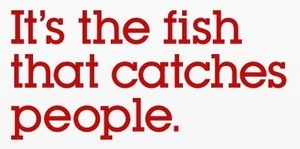

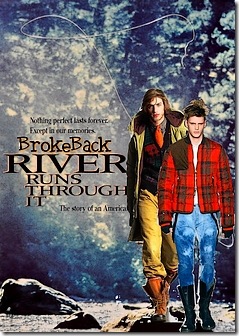 The mystery solved.
The mystery solved. With patriotism a cornerstone of our conservation dogma, it may be time to wrestle the
With patriotism a cornerstone of our conservation dogma, it may be time to wrestle the 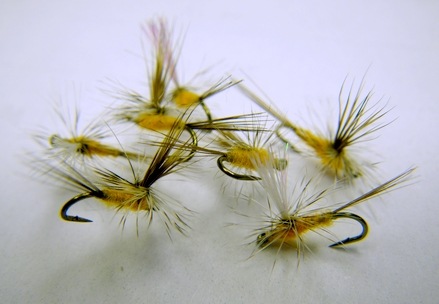
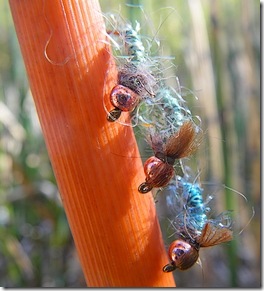
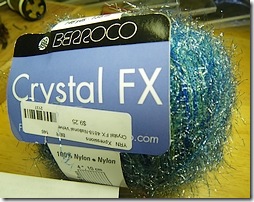 That was as much science as I contemplated, as the fish were eating it fast and furiously, and Kelvin was fingering my box for spares.
That was as much science as I contemplated, as the fish were eating it fast and furiously, and Kelvin was fingering my box for spares.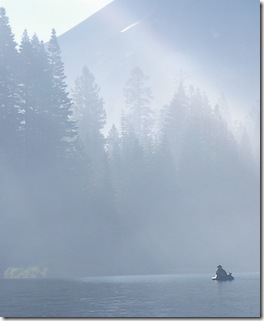 You’re looking down at the tailgate wondering “how’d my five weight line wind up on a System 6 reel, and why is the SOB set for left hand wind?”
You’re looking down at the tailgate wondering “how’d my five weight line wind up on a System 6 reel, and why is the SOB set for left hand wind?”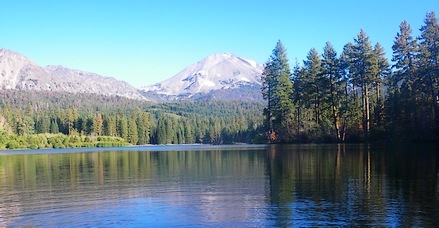

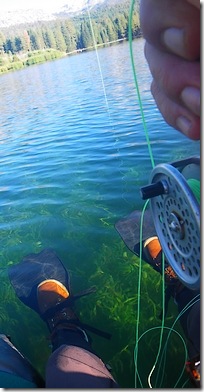 Why you resist the urge for 6X
Why you resist the urge for 6X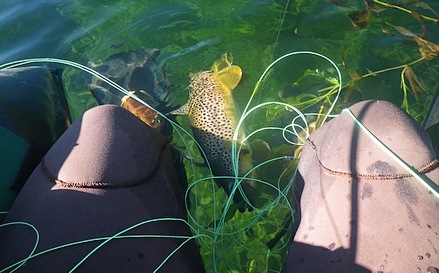

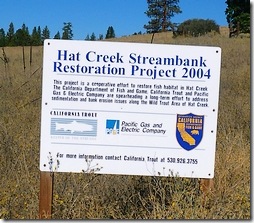 Bank stabilization efforts were dated 2004, and while all those wading feet had removed 100 feet of the Powerhouse stretch – dumping it into the flat water below, placards at Carbon Bridge suggested the consortium of CalTrout, Pg&E, and Fish & Game was still active.
Bank stabilization efforts were dated 2004, and while all those wading feet had removed 100 feet of the Powerhouse stretch – dumping it into the flat water below, placards at Carbon Bridge suggested the consortium of CalTrout, Pg&E, and Fish & Game was still active.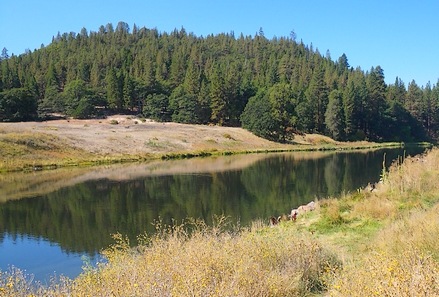

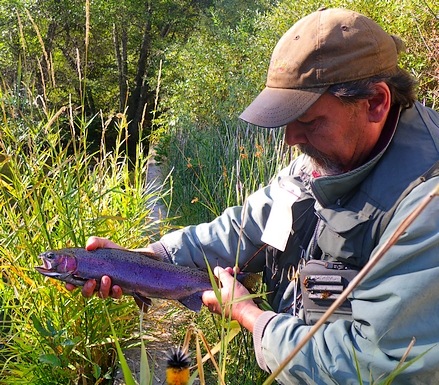

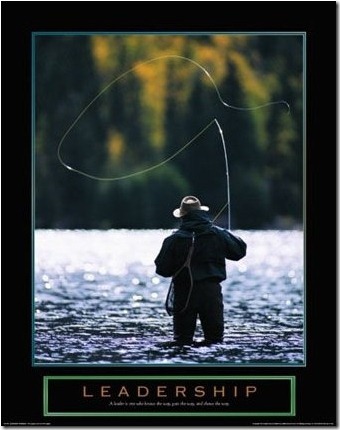

 I’d assumed “leave the dance with them as brung you” was an unspoken truism, yet it doesn’t hold for the Madison Ave crowd who are abandoning us fishermen in favor of the prime 22-30 age group.
I’d assumed “leave the dance with them as brung you” was an unspoken truism, yet it doesn’t hold for the Madison Ave crowd who are abandoning us fishermen in favor of the prime 22-30 age group.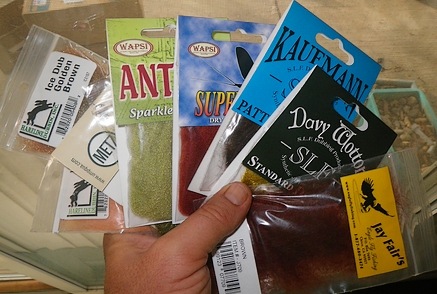
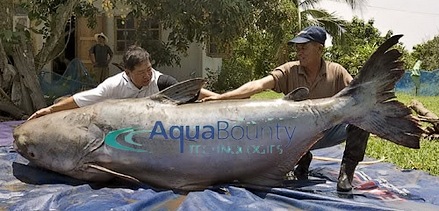
 Outside of some rare conservation program that’s reshaped a creek with instream cover or dredging, regulations, or fish plants, I don’t think any angler will make the claim that his favorite creek fishes better than it did a decade ago.
Outside of some rare conservation program that’s reshaped a creek with instream cover or dredging, regulations, or fish plants, I don’t think any angler will make the claim that his favorite creek fishes better than it did a decade ago.